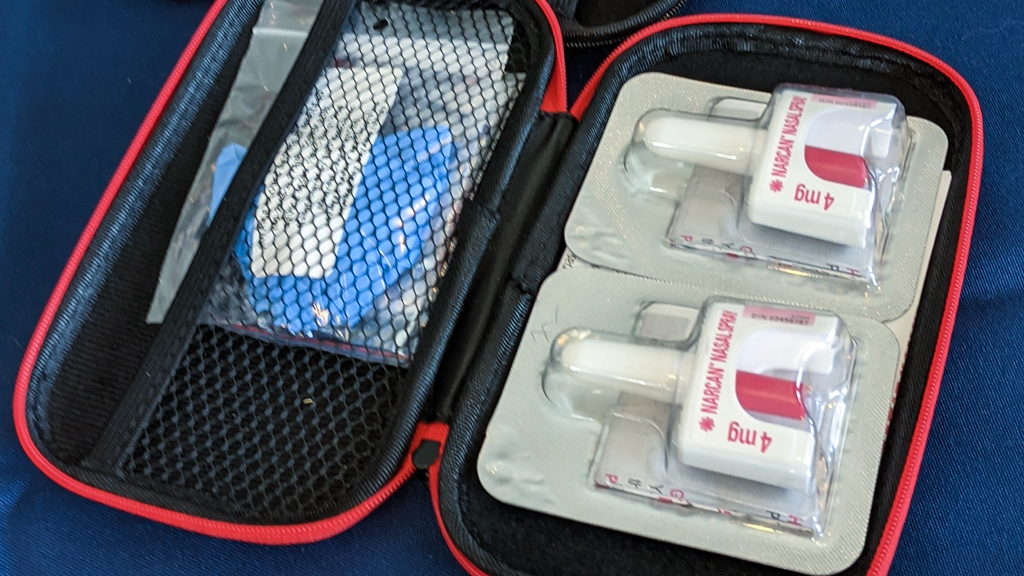VAUGHAN, ONT. — New legislation requiring employers to have naloxone kits on construction sites will kick in June 1, said the Residential ��������ion Council of Ontario (RESCON) in a reminder to builders.
Under the Occupational Health and Safety Act, all Ontario employers who know there is a risk of an opioid overdose in their workplace are required to ensure that at all times while there are workers in the workplace, a naloxone kit is made available in good condition, indicates a release.
The naloxone kits have medication that can temporarily reverse the effects of an opioid overdose and allow time for medical help to arrive. Ensuring there are kits on hand will also help to reduce the stigma around opioid use and raise awareness about the risks of accidental overdoses.
According to data, about 2,500 people in Ontario died from opioid-related causes between March 2020 and January 2021. Of the victims who were employed, 30 per cent worked in the construction industry.
Monte McNaughton, minister of labour, immigration, training and skills development, indicated the province is bringing naloxone kits to high-risk settings and making them free because it must do everything possible to save lives.
The ministry’s first approach is education, but under the act, more significant fines can now be imposed on poor performers and repeat offenders.
The province is making the naloxone kits and training available at no cost through Ontario’s Workplace Naloxone Program.
“Most RESCON members are already ahead of the game and have included naloxone kits onsite as part of their health and safety protocols, but we want to make sure everybody is aware of the deadline,” said RESCON vice-president Andrew Pariser, who is chair of the association’s safety committee.
“This is an easy best practice that can save lives.”
For more information visit
A reference guide for employers published by the Infrastructure Health and Safety Association can be found at











Recent Comments
comments for this post are closed